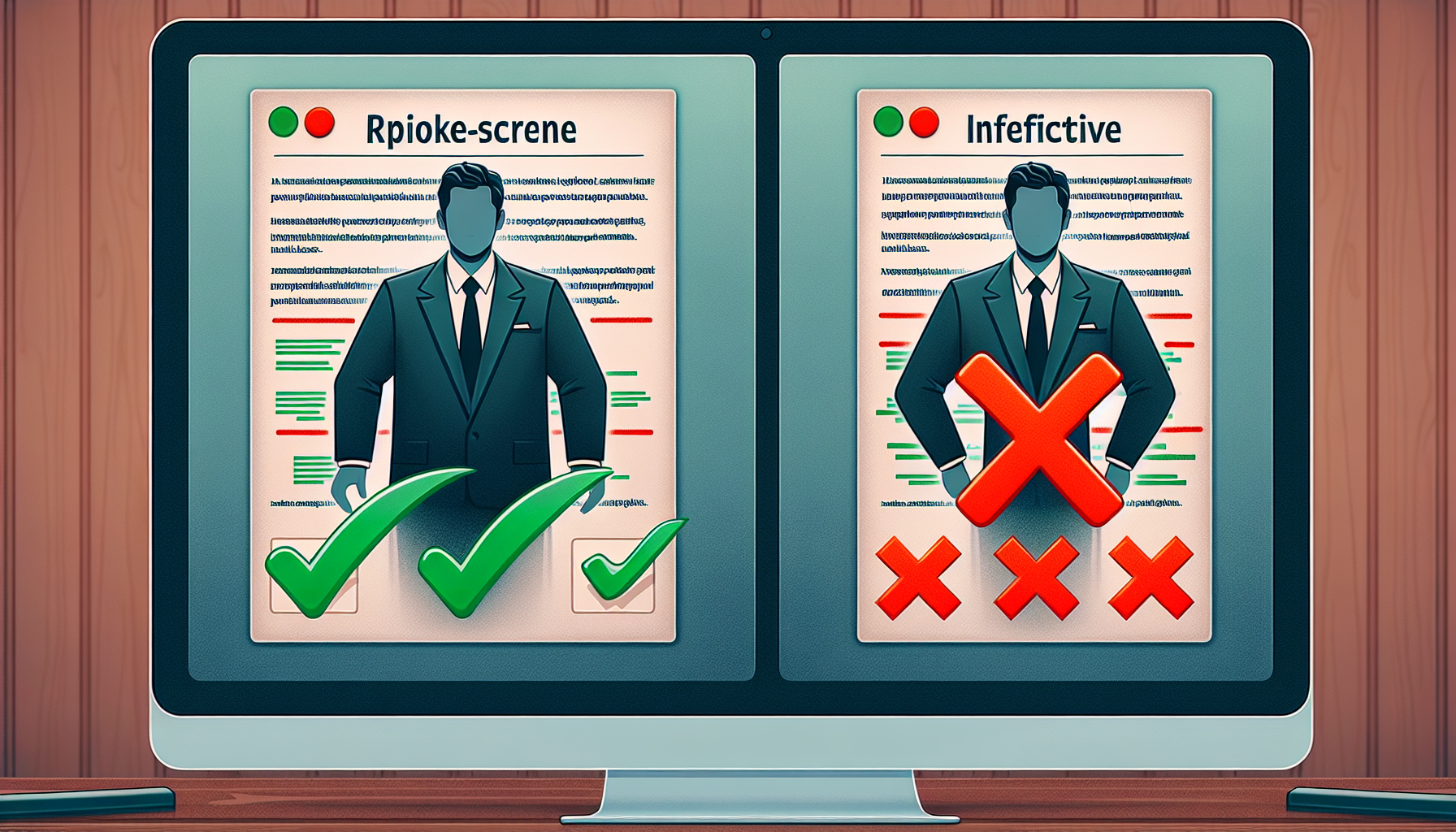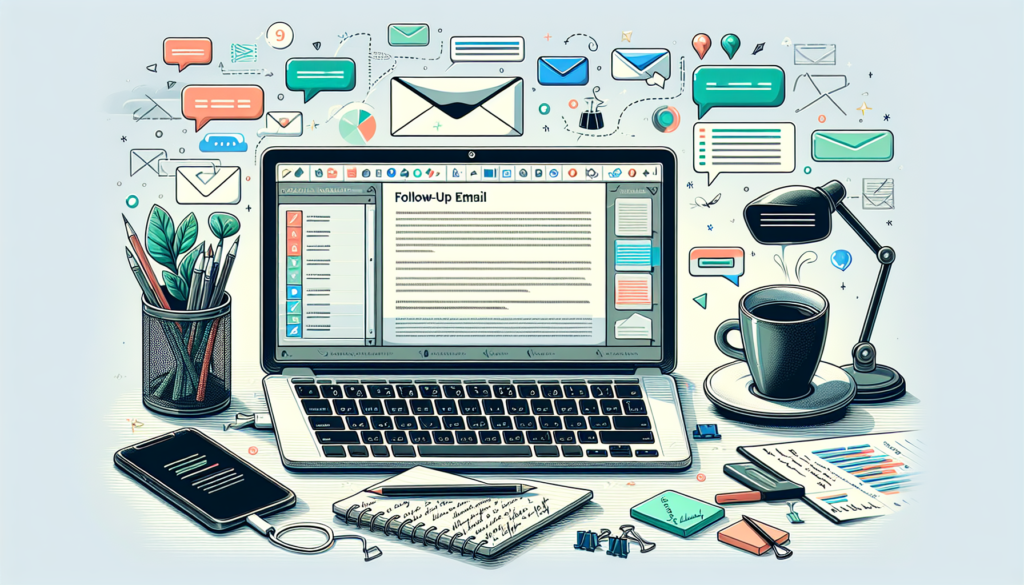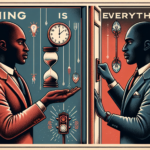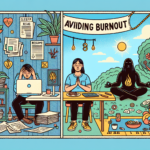Crafting the Perfect Follow-Up Email: Templates & Best Practices for 2024
Meta: Learn how to craft engaging follow-up emails that get responses. Includes proven templates, timing strategies, and real-world examples for better email outreach in 2024.
Did you know that 70% of sales emails stop after just one attempt, yet 80% of successful deals require at least five follow-ups? That’s a huge opportunity gap! Whether you’re following up on a job application, client meeting, or sales prospect, mastering the art of the follow-up email can be the difference between success and radio silence. I’ve spent years perfecting these techniques, and I’m excited to share what actually works in 2024!

Why Follow-Up Emails Matter
Let’s talk about why follow-up emails are so crucial in today’s fast-paced digital world. Did you know that follow-up emails can significantly boost your conversion rates? It’s true! Many people overlook the power of a well-timed follow-up, but the statistics don’t lie.
Speaking of timing, there’s a fascinating psychology behind when to send these emails. It’s not just about pestering people until they respond; it’s about understanding human behavior and decision-making processes.
However, it’s easy to make mistakes when following up. We’ve all been there, sending that awkward “just checking in” email that feels more like a nuisance than a helpful reminder. But don’t worry, we’ll cover common pitfalls to avoid later on.
The success rates of follow-up emails might surprise you. Studies show that persistence pays off, with many deals closed after multiple follow-ups. It’s not about the first email; it’s about the consistent, thoughtful follow-through.
Essential Elements of an Effective Follow-Up Email
Now, let’s break down what makes a follow-up email truly effective. First up: subject lines. They’re your email’s first impression, so make them count! A compelling subject line can be the difference between your email being opened or sent straight to the trash.
Once they’ve opened your email, you need to hook them with a strong opening line. Think of it as your email’s handshake – firm, friendly, and setting the tone for what’s to come.
Don’t forget about your call-to-action (CTA). What do you want the recipient to do after reading your email? Make it clear and make it easy for them to take that action.
Length and formatting matter too. No one wants to read a novel in their inbox. Keep it concise, well-structured, and easy on the eyes.
Lastly, strike the right tone. Professional doesn’t have to mean boring. Find a voice that’s authentic to you or your brand while maintaining a level of professionalism appropriate for your audience.
Follow-Up Email Templates for Different Scenarios
Different situations call for different approaches. Let’s look at some common scenarios:
For job application follow-ups, you want to strike a balance between enthusiasm and professionalism. Remind them of your qualifications and express your continued interest in the position.
Sales meeting follow-ups should recap key points discussed and clearly outline next steps. It’s about keeping the momentum going.
After networking events, your follow-up should reference specific conversations you had and suggest ways to continue the connection.
Interview thank-you follow-ups are crucial. They’re your chance to reiterate your interest, address any concerns that came up during the interview, and leave a lasting positive impression.
And what about when you get no response? These follow-ups require a delicate touch. You want to gently remind them without being pushy.
Perfect Timing: When to Send Your Follow-Up
Timing is everything, isn’t it? But what’s the optimal waiting period before sending that follow-up? It depends on the context, but generally, you don’t want to seem overeager or forgetful.
Did you know there are best days and times to send emails? Tuesday mornings often see higher open rates, but it can vary by industry.
Speaking of which, different industries have different norms when it comes to follow-up timing. What works in tech might not work in finance.
For more complex sales cycles or ongoing relationships, consider setting up a sequential follow-up schedule. This structured approach can help you stay organized and consistent.
Advanced Tips and Strategies
Ready to take your follow-up game to the next level? Let’s talk personalization. Gone are the days of “Dear Sir/Madam.” Use what you know about the recipient to tailor your message.
A/B testing isn’t just for landing pages. Try different subject lines, CTAs, or email lengths to see what resonates best with your audience.
In our mobile-first world, optimizing your emails for smaller screens is crucial. No one wants to pinch and zoom to read your message.
Automation can be a game-changer for follow-ups, but use it wisely. The goal is to save time without losing the personal touch.
Finally, don’t forget about analytics. Tracking open rates, click-through rates, and conversion rates can provide valuable insights to refine your follow-up strategy.
Common Mistakes to Avoid
Let’s wrap up by discussing some common pitfalls. Frequency is a big one – there’s a fine line between persistent and annoying. Find that balance.
Watch your tone and language. It’s easy for written communication to be misinterpreted, so be mindful of how your words might come across.
Technical mistakes can undermine your professionalism. Double-check for typos, broken links, or formatting issues before hitting send.
Lastly, remember there’s an etiquette to follow-ups. Respect people’s time and preferences. If someone asks not to be contacted further, honor that request.

Conclusion
Wrap up with actionable takeaways and emphasize the importance of persistence balanced with professionalism. Include a call to action encouraging readers to implement these strategies in their next follow-up email campaign.




